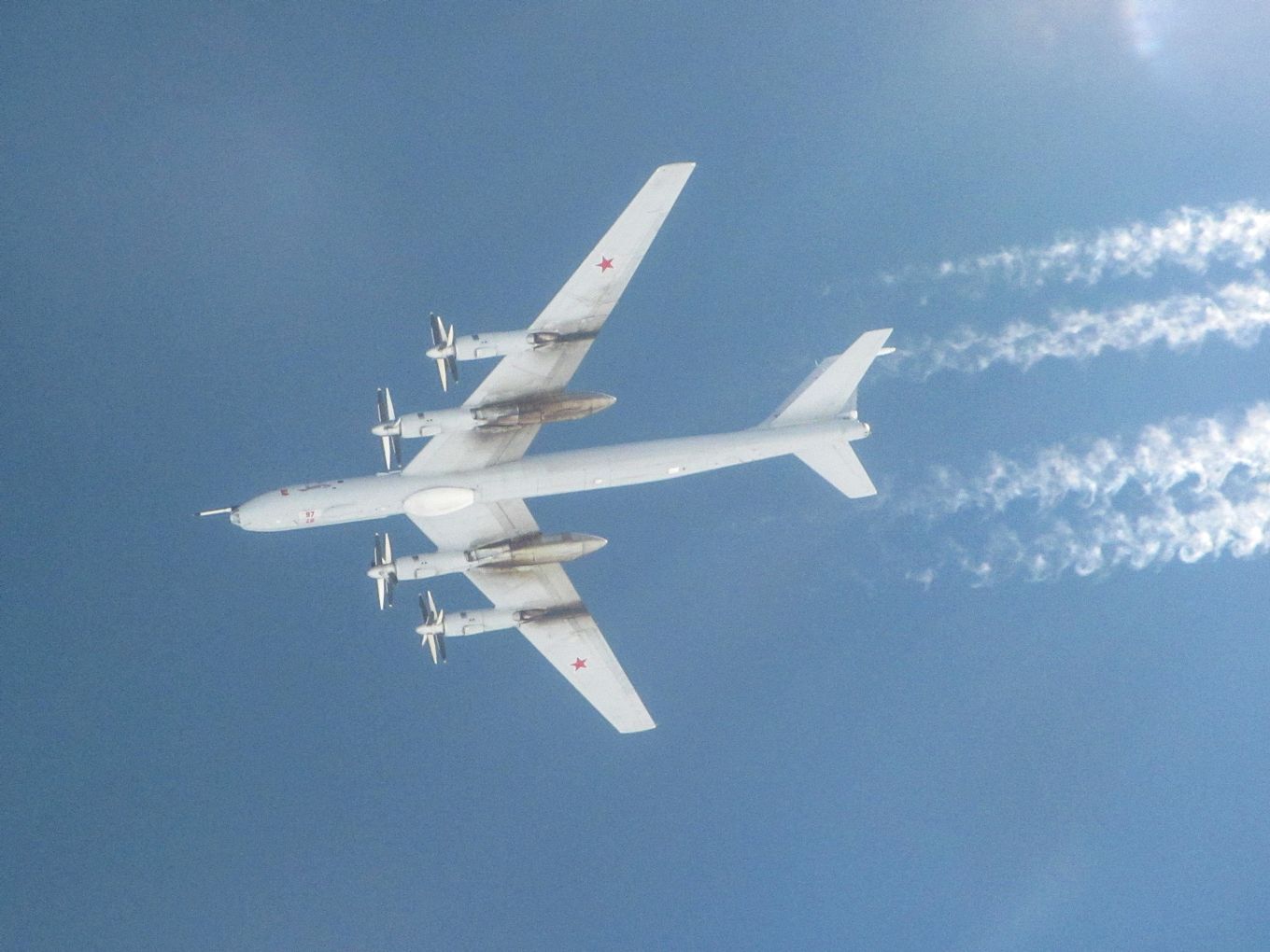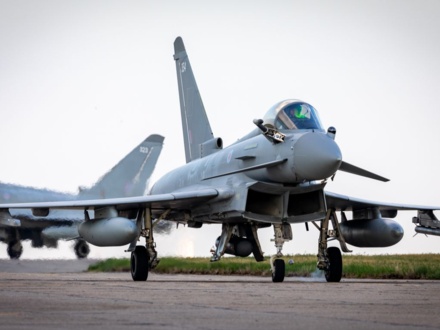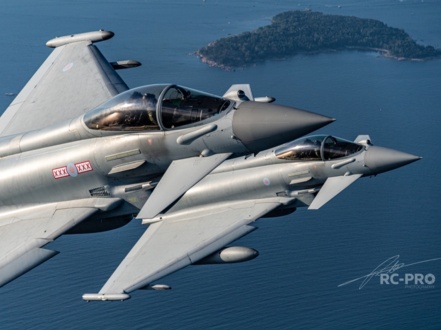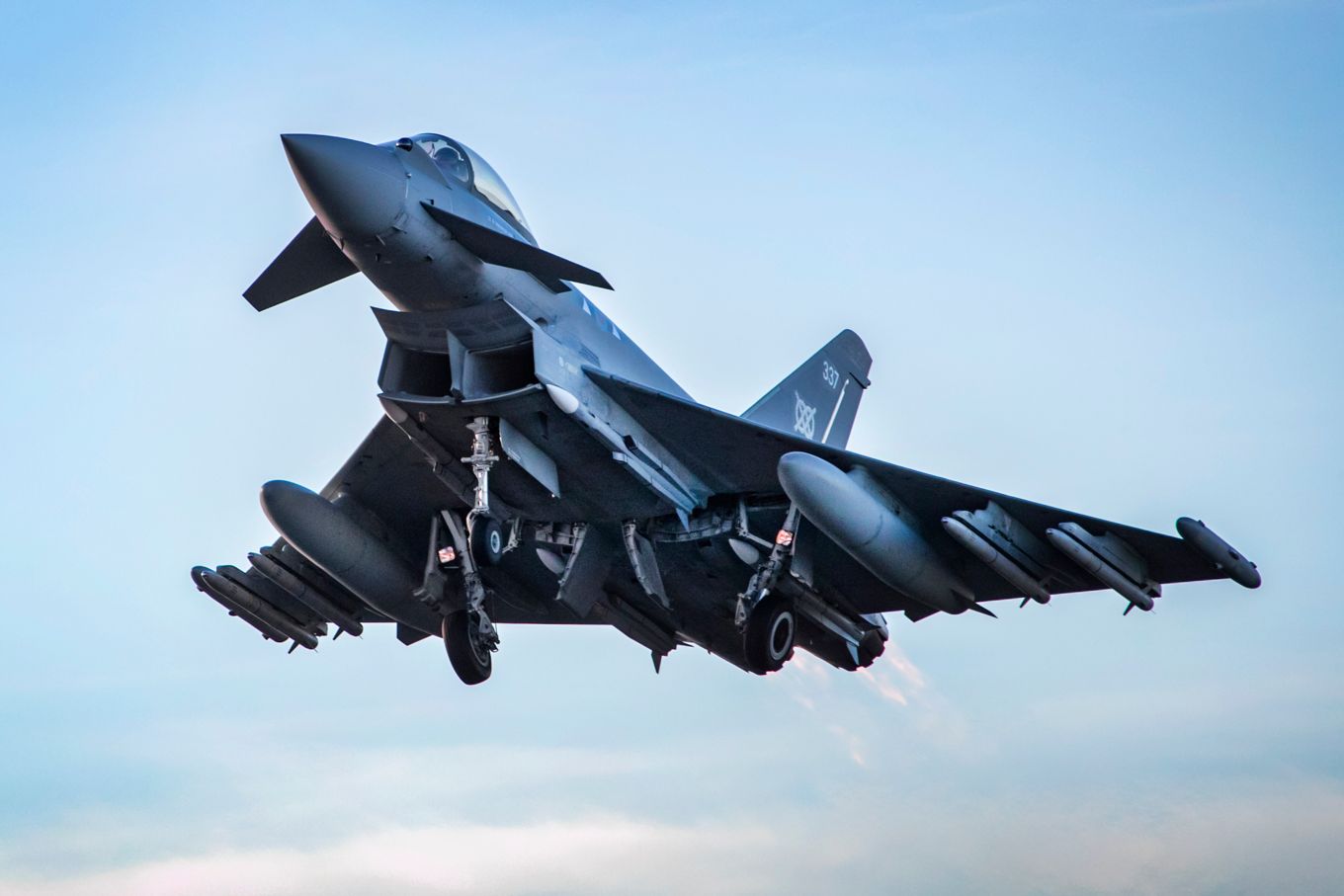
Royal Air Force Typhoons were scrambled today to intercept and monitor Russian aircraft approaching UK airspace.
Quick Reaction Alert Typhoons were scrambled from RAF Lossiemouth in the north of Scotland and were joined by a Voyager from RAF Brize Norton to provide air-to-air refuelling to the Typhoons.
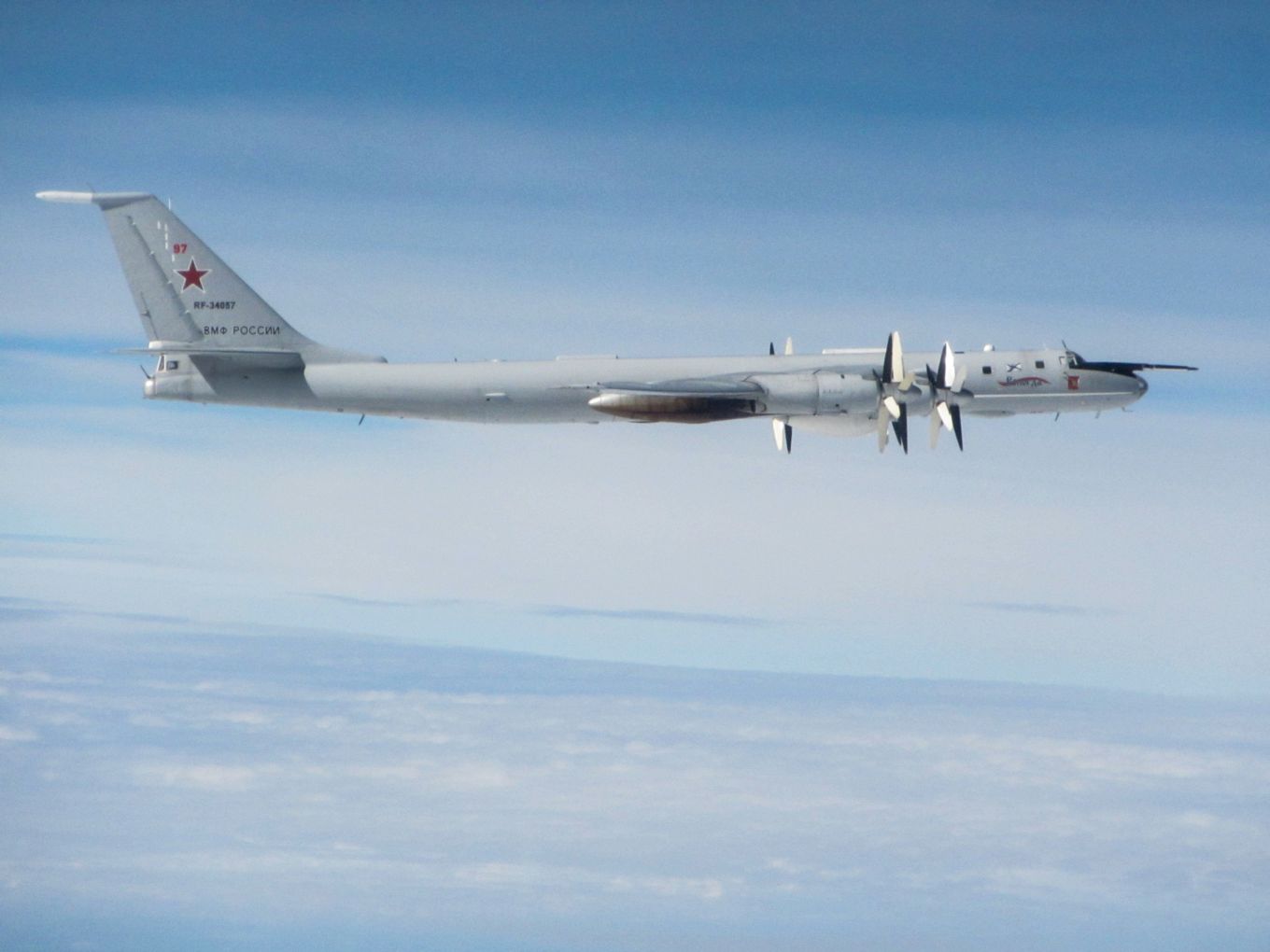
A pair of TU-142 ‘Bear-F’ Maritime Reconnaissance and Anti-submarine warfare aircraft were tracked by NATO as they transited within NATO’s northern air policing area.
As they continued to fly towards UK airspace, RAF Typhoons were launched. Intercepting the two cold war era aircraft over the North Sea, the RAF Typhoons shadowed the aircraft throughout their time in our area of interest.
To ensure the RAF was able to respond to any potential threats, the Voyager tanker also remained on station to provide air-to-air refuelling for the live-armed Typhoons, providing additional endurance and flexibility.
“We worked closely with units from around the Royal Air Force to carry out this successful intercept, maintaining the integrity of UK and NATO airspace throughout.
“We were routed directly to the TU-142 by the RAF Control and Reporting Centre and kept informed by our NATO colleagues. Air-to-air refuelling from an RAF Voyager ensured we were able to stay on task until the mission was complete, and the aircraft departed from the UK’s area of interest.”
RAF Typhoon pilot
RAF Lossiemouth
RAF Typhoons are scrambled during these incidents to secure and safeguard the skies of the United Kingdom. Russian military aircraft entering the UK Flight Information Region, the UK’s policed zone of international airspace, can pose a hazard to other air users. These Russian aircraft often do not talk to air traffic control or ‘squawk’, broadcasting a code ensuring they are visible to other air users and air traffic controllers on the ground.
Once the incident concluded, the Typhoons and Voyager returned to their bases and have returned to a state of readiness which ensures that they can respond to any potential threats to the United Kingdom, 24/7/365.





